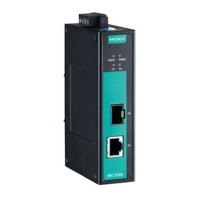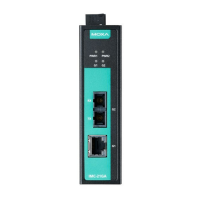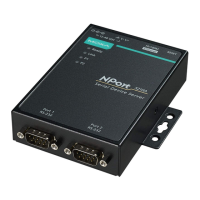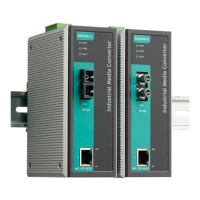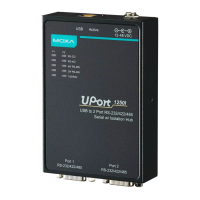2
Overview
Many important devices used in today’s industrial environment are still
designed for use with an RS-232 interface. The reason is due in part to
tradition, and in part to convenience. RS-232 hardware is relatively easy to
design, and the devices can be readily connected to most PCs. The drawback
is that RS-232 is a point-to-point interface, and it imposes a distance
limitation of only 15 meters between the device and the computer.
To overcome these limitations, many users employ RS-232 to RS-422/485
converters, allowing RS-232 devices to connect to an industrial RS-422 or
RS-485 network and transmit data over distances up to 1.2 km. The
RS-422/485 standards overcome the distance limitation by using a
differential signal for transmitting data and control signals. Transmission
distance and multi-drop connections are not the only issues of importance
for industrial applications. In addition, housing, wiring, power supply, and
over-surge protection are also serious concerns.
The TCC-100I and TCC-100I-T models come with isolation protection for
users who need an industrial grade interface conversion product to extend
RS-232 transmission distance and increase networking capability. The
superior industrial application design, which includes DIN-rail mounting,
terminal block wiring, an external terminal block power, and optical isolation
for system protection, makes the TCC-100 series suitable for use in critical
industrial environments. Your RS-232 devices can be used as part of an
industrial RS-422/485 network, but without any hardware or software
changes.

